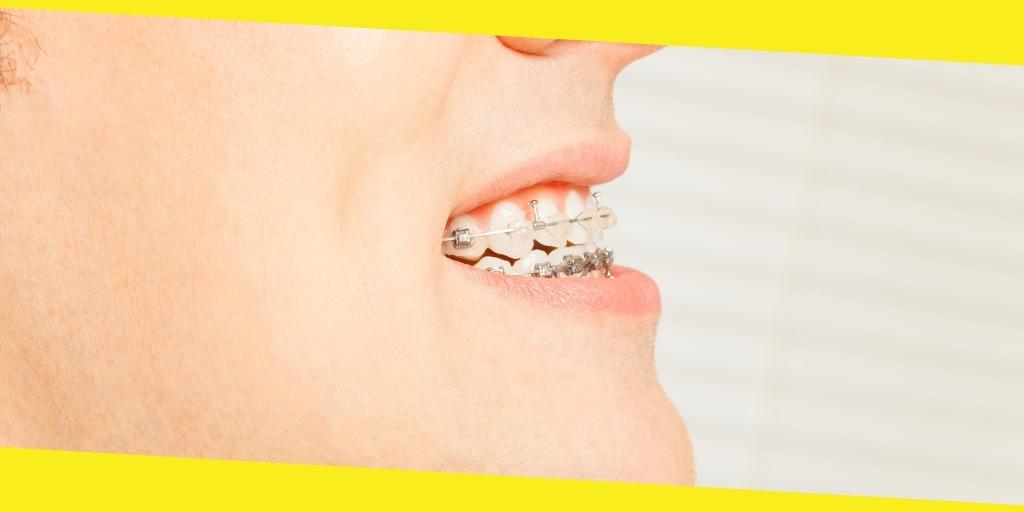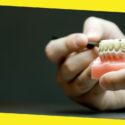Types of Orthodontic Treatments You Need to Know About

If you’re not happy with your smile, orthodontics may be your solution. Orthodontics is the branch of dentistry that treats misaligned teeth and jaws. If your teeth are crooked, overcrowded, or protruding, orthodontics can help. Orthodontic treatment can improve your appearance, oral health, and self-confidence. If you’re considering orthodontics, consult with a specialist in orthodontics in Brooklyn, NY, to see if it’s the right option. This article looks at some of the common orthodontic treatments you can take advantage of.
Contents
ToggleBraces
Braces are the most common type of orthodontic treatment. They are used to correct various dental and jaw alignment issues. Braces work by applying gentle pressure to the teeth over time. This pressure gradually moves the teeth into their proper position. Many different braces are available, including metal, ceramic, and invisible braces.
Invisalign
Invisalign is an invisible brace that uses clear aligners to straighten the teeth. Invisalign is an alternative to traditional braces for people looking for a more discreet orthodontic treatment option. The aligners are made from a clear, flexible plastic virtually invisible when worn. Many people prefer Invisalign since they are less noticeable than traditional braces.
Retainers
Retainers are an orthodontic appliance that helps keep the teeth in their new, correct position after removing braces. Retainers are typically worn for a few hours each day or as directed by your orthodontist. There are many different retainers available, including clear retainers and invisible retainers. Each type of retainer has its advantages and disadvantages.
Headgear
Headgear is an orthodontic appliance used to correct severe dental and jaw alignment issues. Headgear consists of a metal frame attached to the head with straps or bands. The frame is connected to the teeth with wires or springs. Headgear works by applying pressure to the teeth and jaws over time. This pressure slowly moves the teeth into their proper position. Headgear is typically worn for a few hours each day or as directed by your orthodontist.
Elastics
Elastics are tiny rubber bands that are used to connect the braces. Elastics work by applying pressure to the teeth and jaws, which helps move the teeth into their proper position. Elastics are typically worn for a few hours each day or as directed by your orthodontist. When used in conjunction with braces, elastics can be very effective in correcting misaligned teeth.
Archwires
Archwires are thin metal wires that are used to connect the braces. Archwires work by applying pressure to the teeth and jaws over time. This pressure slowly moves the teeth into their proper position. How often you wear your archwires depends on your orthodontic treatment plan. However, it is typically recommended that you wear them for at least 12 hours a day.
To summarize, orthodontics is the branch of dentistry that deals with treating misaligned teeth and jaws. Many different orthodontic treatments are available, including braces, Invisalign, retainers, headgear, elastics, and archwires. Each type of treatment has its advantages and disadvantages. Consult with a dentist or orthodontist to see if orthodontics is the right option.
Recommended For You
Buy Metformin HCL 500mg
Most Inside
Most Inside offers high-quality recommendations and valuable updates to enhance all aspects of your life, providing premium guidance and enriching experiences.




